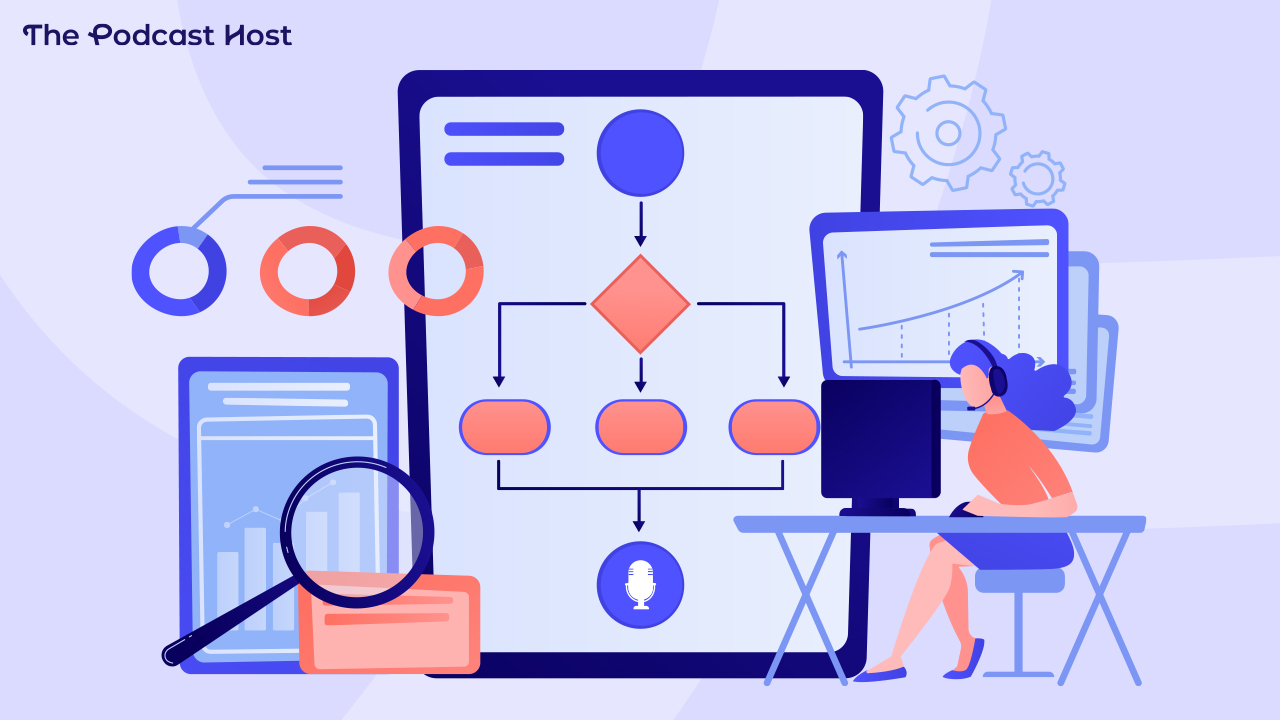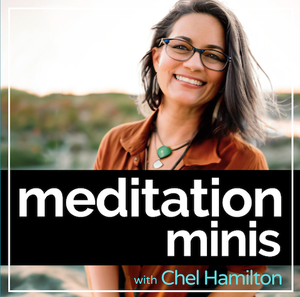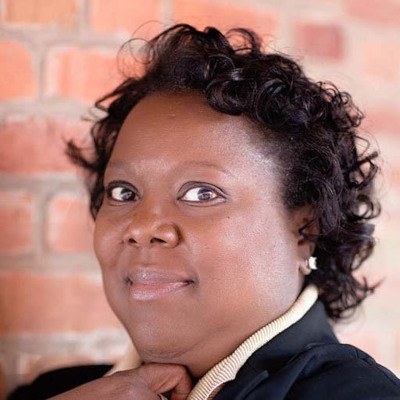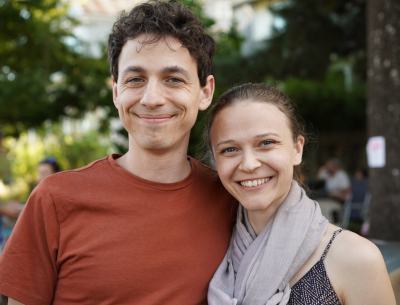Workflows of Successful Podcasters (& What We Can Learn!)

For any good podcast, the audience has no idea what’s going on behind the scenes. Nor should they. But you can’t learn optimal workflow by listening alone. Every podcast is so different that there can’t be one secret recipe, though there are some common practices. Let’s go behind the scenes to hear from a few experienced podcasters and learn how they manage their podcast workflow.
What is a Podcast Workflow?
Podcast workflow: sounds pretty fancy-schmancy, doesn’t it? Podcast workflow is simply the means by which a podcaster plans, records, edits, publishes, and promotes each episode in a podcast.
Each stage has subtasks and deadlines. But the more variables, the more complicated the workflow. For example, scheduling people to record is time-consuming. Multi-track editing may take longer than recording. And, to meet a deadline, some tasks have to overlap. Other tasks are “set it and forget it:” complete it once and re-use the file or information in every episode. Batch processing or working in seasons can also make one workflow different from another.
Every podcast is like a snowflake: no two are alike. But, there are some common elements. Since different formats require different subtasks and deadlines, let’s break down the podcast workflow by format.
Podcast Workflow for Solo Shows
Many podcasters favor the solo show, because they have more autonomy and fewer scheduling issues (with guests or co-hosts). Chel Hamilton has produced Meditation Minis for almost 20 years, and it’s been helping people worldwide relax, sleep, get motivated, and accomplish their goals. She told me that a solo podcast workflow allows her more freedom with episode ideas and production timetables than if she were working with a partner.

Chel Hamilton’s podcast workflow goes like this:
- Plan. Chel starts off with, “I think about what ideas/feelings/issues are rising to the top of my mind that week.”
- Chel continues, “I go over the requests and suggestions from my listeners.”
- Then, she commits to a topic and writes a script.
- Record the spoken word portion. Meditation Minis’ intro is pre-recorded, so the introduction is a set-it-and-forget-it-task. But, the rest of each episode is a unique guided meditation that Chel records individually.
- Create or source music. Chel Hamilton writes the music for her episodes to fit the mood and steps of each meditation script.
- Edit and mix. Meditation Minis’ episodes include a relaxing music bed, but proper mixing is essential to make sure the audience can still hear her guidance.
- Publish. She adds the title and description and uploads the episode to her media host.
- Promote. Chel said, “Then I SHARE SHARE SHARE. 🙂”
Chel Hamilton said that she doesn’t work in batches or seasons; each episode has its own focus. She does, however, take into account the time of year and relevant events that may be affecting her audience. Her preferred Digital Audio Workstation (DAW) is Garageband. And she works when she wants to, because she enjoys the process. What could be better for a meditation podcast?
Podcast Workflow for Interview Podcasts
If you’ve ever met a woman who has big dreams but can’t say nice things about herself, Allegra Sinclair is the voice that woman needs to hear. Allegra’s podcast, Your Confident Self, is designed to help women get past obstacles and achieve their goals. She does this through interviews with women at the top of their game in finance, psychology, business management, and more.

Managing Podcast Interviews
Managing guest interviews can be a huge hassle. It’s always a good idea to use an appointment scheduling system, so you can show guests when you’re available, and let them pick a time that works for them. Allegra, however, has created her own system.
“So I did something extremely nerdy, and I actually built a form on my website… When people fill out the form, it tags them in my email’s auto-responder. Then they get an email that tells them what their next steps are.”
Her automation system also sends the guest links to:
- The section of her website where the guest can submit their bio and professional headshot
- A link to the recording platform and interview session
- An explanation of what to expect and do in advance to make sure the interview recording is silky smooth and sounds great.
If you’re not up for building your own website automation, check out Colin’s review of Book Like a Boss. This system provides custom fields you can manipulate to make sure you and your guest both understand how the interview will go.
Having all the information for both the podcaster and the guest in one place saves loads of time and energy.
Your Confident Interview Podcast Workflow
Allegra’s workflow goes a little something like this:
- Plan, and keep your episode ideas together.
- Allegra recommends, “Know in advance what you’re going to talk about. If you wait until the time that you have set aside to record, to decide what you’re going to record, you’re never going to get anything done.”
- Ideas can come up anytime: have a place to keep them for future podcast production sessions. Allegra clarifies, “You need to have a calendar or a folder or a tickler file, some sort of system that tells you what you’re going to talk about.”
- Google’s Tasks list can hold your ideas, as can the iOS Reminders app.
- Schedule interviews. The Managing Podcast Interviews section, above, has details. You don’t really want me to go over all that again, do you? We’re just getting started.
- Record a group of episodes. Batch processing makes a huge difference for Allegra.
- Allegra explains, “I don’t have a separate space just for recording or working on my podcast. When I get it set up to record, I record four to six at one time.”
- She continues: “I produce in batches all the way down to creating my show notes, episode description, and the blog post that accompanies the podcast episode. Once I’m in the rhythm to do a particular task that relates to my podcast, I do as many as I can in the allotted time. So I promote together, I create my pins together, I record together, et cetera.”
- Edit the same group of episodes. “When I get my computer set up to do editing, then I’ll edit four to six at one time.”
- Create promotions and publish. Batching is also critical for Allegra’s podcast promotion: “When it’s time to publish my episode, I don’t then have to think for each episode. I just know, ok, I already have a folder for each of these episodes. It’s just a matter of uploading it to my host.”
Project Management Software
Allegra is enthusiastic about technology, and willing to try different systems and tools to find what works for her show. She laughed when I asked about software, saying, “I think I have tried eight or nine different software packages to manage production of the show. I started out using Trello, and I’m now back to using Trello. This is the easiest project management software to see at a glance. When I’m working with someone else, the other programs have much steeper learning curves. Trello all day, team Trello.” I wholeheartedly agree.
Podcast Workflow for Co-Hosted Shows
Despite the flexibility solo podcasting affords, a reliable co-host can balance a host’s tone. Plus, many podcasters want to work with a friend. James & Rob of The Euro Trip have been friends for long enough that they invigorate each other in their podcast about Eurovision, and they share tasks.

The Euro Trip uses a seasonal podcast workflow. Much like any spectator sport, they follow the players and participants as Eurovision unfolds. Their workflow looks something like this:
- Research and Plan. During the Eurovision season, they speak every day about the latest Eurovision news.
- Schedule guest interviews. James and Rob follow the social media of all the players in the Eurovision game. They then use WhatsApp to schedule guest interviews.
- Recording. The duo records on Mondays.
- Editing. James and Rob take turns editing each episode.
- Publish. Episodes drop on Wednesdays. Rob said, “As most podcasts should always do, we have a set release day. So when it comes to planning an episode, we know what deadlines we’re working to and what time frames we’re working to.”
Flexibility Aids Consistency
It may sound as if their workflow is unchanging, week in and week out. In fact, as Rob points out, “There’s a lot of give and take, and if you’re not flexible, you almost end up restricting yourself to the point at which the content suffers.”
James added that “it’s (also) important to “make sure you do actually have time to do what you want to achieve with the podcast without giving yourself far too much work on your plate.”
There are dozens of active Eurovision podcasts, to the point that “another Eurovision podcast” is a common element in podcast titles. It’s hard to distinguish your show in that niche. James and Rob planted their flag in the niche not only with feature-length interviews but also with coverage of Sweden’s Melody Fest, which wasn’t available in English before. Producing The Euro Trip is a mad sprint, but these two podcasters have a seasonal podcast workflow that helps them take the trip one episode at a time.
Podcast Workflow for Audio Drama and Fiction Podcasts
For the uninitiated, audio drama podcasts are also known as radio plays or fiction podcasts. They do as much work as a film or play without the visual elements.

Fool and Scholar Productions is an award-winning duo, K.A. Statz and Travis Vengroff, who create audio drama and actual play podcasts. They’ve produced The White Vault, Don’t Mind: Cruxmont, Dark Dice, and many others. Their shows have many moving parts that fit together to make an immersive cinematic experience. With dozens of performers, sound effects, and music pieces, it’s challenging to describe their podcast workflow, let alone execute it. But, as Travis Vengroff said, much of their podcast workflow is “autopilot for me to the point where it isn’t even listed on my (Trello) boards anymore.”
Podcast Seasons Can Have Overlapping Task Timelines.
The story arc for each podcast lends itself to seasons. Most of the tasks in their podcast workflow vary in how long they take to accomplish and how many people are involved. As a result, many of the tasks overlap. Within each season, there are production batches for different elements.
Think of this like a television show’s seasons. In that case, one team organizes the costumes while another organizes props and furniture, and so on, all working toward the same goal.
Buckle up for one of the most intense podcast workflows around.
Writing, Planning and Casting
- Write. K.A. Statz writes the scripts. She provides an outline to the rest of the team first. While she’s writing and revising the script, Travis executes the next four stages.
- Budget. Travis says, “With the outline, I’ll also get a rough budget together, which I’ll fine-tune as actual scripts are written.”
- Music. Travis contacts a musician and shares the outline for ideas. “This is typically just intro/outro music – often a variation of the same song, with certain elements removed, added, or looped. The musician knows this, and I’m able to get more use out of a single song commission.”
- Schedule. Travis and Kaitlin plan a release schedule, and advertising schedule.
- Casting. Travis clarified that once he gets the final scripts, he reads it and:
- “Immediately push to cast all available roles by order of appearance.
- The introductory email includes pay, obligations (expectations for recording such as sample rate, file type, and how much time is required), and a copy of the release form/contract they’ll need to sign.
- The contract requires them to fill in all data I’ll need for proper credits, including pronouns, their IMDb #, how to pay them, etc, so we require as few emails back and forth as possible.”
Setting The Audio Scene
While the team waits for performers to accept casting offers and sign and return contracts, the next two stages work concurrently.
- Foley, or sound effect recording. Travis explains, “If a specific episode calls for custom music or a custom sound (like the guttural clicks of an Andean Condor) – I’ll start production of that element immediately because it’s going to take time to do correctly and will sound bad if it’s done last minute.”
- Create a template for editing. “I’ll create a master session in my DAW (editing software) where I’ll edit the entire story/season. I’ll populate this with any ambiances or SFX I think I may need that may be difficult to come by. Here, I’ll upload all performances from all actors into this to verify audio quality as it’s received.”
Acting, Editing, and Publishing
Once the actors deliver their contracts and schedule recording sessions, it’s showtime.
- Record performances. Travis records with actors in individual remote sessions.
- Pay artists. “As final deliverables (recordings) are received from talent, payment goes out immediately. If there are issues (mostly people forget to sign or fill out our paperwork), I’ll ping them a reminder so I can pay them.”
- Editing and mastering, plus quality control checks. Travis continues, “From here, it’s dialogue editing (to ensure retakes are unnecessary) and various sound design passes. I’m heavily involved in these phases, but if I weren’t, there would be some form of quality control or review by myself (as producer) and key decision-makers. This ends with sending the episode to a sound engineer for mixing, then mastering, with various quality checks.” Travis emphasized, “This step is the only part of the process that is done by episode, as we record actors one-on-one by project/season.”
- Create promotional materials. As the story is edited, advertisements (visual branding) are created and assembled to promote every episode. Cover art and any other brand assets are finalized. Travis adds, “Throughout this process, social media work is done, following our social media schedule.”
- Transcribe episodes. Kaitlin and Travis re-verify the accuracy of transcripts before uploading them to Patreon. Travis adds, “The transcripts are available to everyone at no cost – Patreon is just a very convenient place to host transcripts.”
- Schedule to publish. “As episodes are uploaded to our hosting platform and to Patreon, we double-check the final credits and schedule the release date/time.”
I did warn you that this was a lot of information. Audio drama podcasts are multi-faceted experiences: each part could be its own mini-podcast.
Keeping The Ducks In a Pen, If Not a Row
With all these different procedures, how do Fool and Scholar keep the trains running on time? To stay consistent, Travis said, “Working in a single session for a season is a huge timesaver and makes everything sound a lot more similar. I also strongly advise recording as much as you can at the same time – as a group, one-on-one, or self-directed.”
The Best Podcast Workflow Is the One That Works For You
Trying to describe podcast workflow is like trying to describe “how to bake cookies.” What kind of cookies? They all have different ingredients, leavening agents, and ratios of time and temperature for baking. Some ingredients need to sit overnight, and others require speed. When the cookie hits the taste buds, though, evidence of the process disappears. Just like “baking,” podcasting doesn’t have one simple recipe.
As Lindsay Sharman of Longcat Media told me, “Process is bespoke to each podcaster, and whatever works for the individual best. So the best advice I can give here is to design your process around your needs.”

The best podcast workflow is the one you can sustain, which helps you communicate the ideas you want and reach the audience you need with an enjoyable amount of effort. You can take the following stages:
- Plan and write
- Schedule recording sessions
- Record
- Edit
- Publish
- Promote
…and apply them to your own podcast. Then, break each stage down into sub-tasks. Before you know it, you’ll be designing a podcast workflow that best suits you and your show.
Our book, The Podcast Host Planner, offers a tactile, reassuring method to adopt an existing podcast workflow. This way, you can follow the steps to make a podcast and adapt them to fit your needs as time goes by. Our Academy has courses to help you learn the basics of project management, too – along with any other aspect of podcasting. We’ll even help you learn how to use Trello.
